The debate on Emirati thobes vs Omani thobes presents the individuality of these iconic men's modest wear. A thawb (thobe or tobe) is an ankle-length garment. It exhibits ethnic identity and heritage.
With their unique characteristics and cultural significance, Emirati thobes vs Omani thobes stand out among the other tobe styles. Al-Haq Thobes Shop explains the distinctions and exquisite qualities of these two classic outfits.
Characteristics of Emirati Thawbs
The typical features of an Emirati thawb (or kandura/kandora) are:
Simplicity and Elegance
The simple yet elegant kanduras are well-known among men. Generally, they are stitched from premium, airy fabric. This clothing material is appropriate for the hot climate of the UAE. White is the most common colour in kanduras. However, beige and light blue are also quite fashionable.
Design of Collar and Cuffs
The kandura typically has a simple circular collar. It occasionally has a tiny, unnoticeable button. The cuffs are likewise simple and complement the garment's subtle beauty.
UAE kandura for men is an elegant option for formal and informal wear. It features simple lines and is devoid of elaborate embroidery or motifs.
Shading and Headgear
A 'gahfiyah' is a traditional cap worn beneath a headscarf called a 'ghutra' or 'shemagh'. It is frequently worn by Emirati men with thawbs. These tobes integrate both personal style and cultural tradition and aim to enhance the dignified aspect of Emirati clothing.
Characteristics of Omani Thawbs
A typical Omani thawb or qamis is characterised by:
Decorative Components
The ornamental features of Omani thobes set them apart. Omani dishdashas frequently include ornate embroidery and vivid hues, usually visible on the garment's front, cuffs, and neckline. The embroidery features elaborate designs that are a testament to Omani artistry.
Farkha
The 'farkha' is a small tassel that hangs from the neckline. It is a distinctive element of the Omani tobe, and the fragrant tassel adds a sensory aspect to traditional clothing.
The farkha lends the outfit a distinctive and undeniable touch, is decorative, and serves as a mark of Omani heritage.
Fabric and Fit
Omani dishdashas have a distinct drape and silhouette. They are made of heavier fabric. The intricate embroidery and fabric selection give the Omani tobe a more formal, ceremonial look that makes it appropriate for important events and cultural gatherings.
Emirati Thobes vs Omani Thobes
Emirati society encourages humility and respect, as shown in the simplicity of the Emirati kandora in the UAE. The clothing is appropriate for formal events and regular wear for men of all ages, demonstrating the flexibility of Emirati culture.
On the other hand, Omani kandoras are comprised of rich embroidery and a unique tassel. Wearing it at important cultural and religious occasions shows Omani men's pride in their traditional clothes.
The intricate design features pay homage to the country's rich legacy of fine craftsmanship and meticulous attention to detail.
Also, buy Moroccan thobes here.
The Bottom Line
The varied characteristics and styles of Emirati thobes vs Omani thobes draw attention to the particular traditions of each region. However, both serve as potent emblems of cultural identity. Each tobe represents the ideals and beauty of its respective culture. The Omani tobe has intricate ornamentation, while the Emirati tobe is simpler. Gaining an appreciation for these clothes and a tremendous respect for the rich tapestry of Arab heritage are both facilitated by knowing these distinctions.
